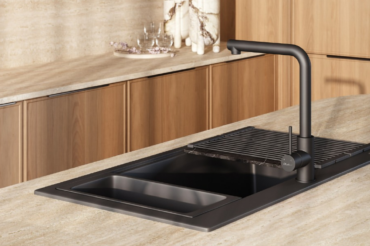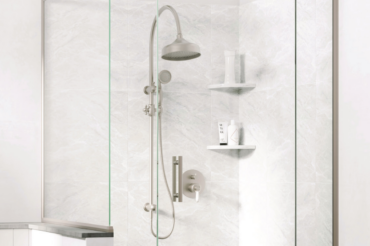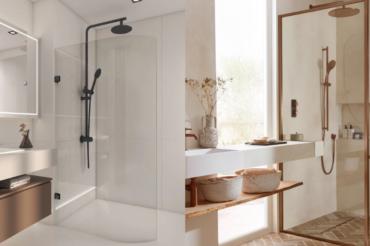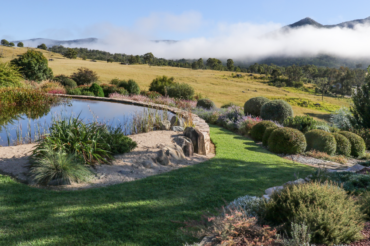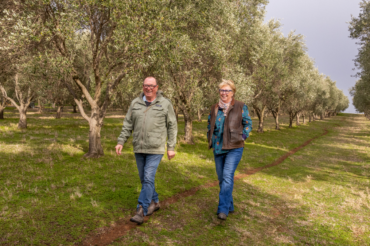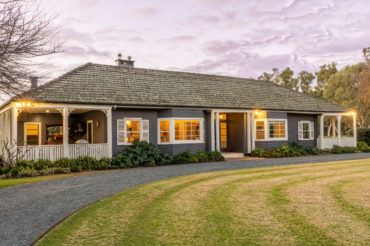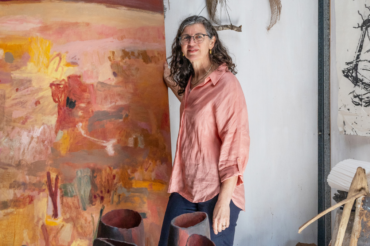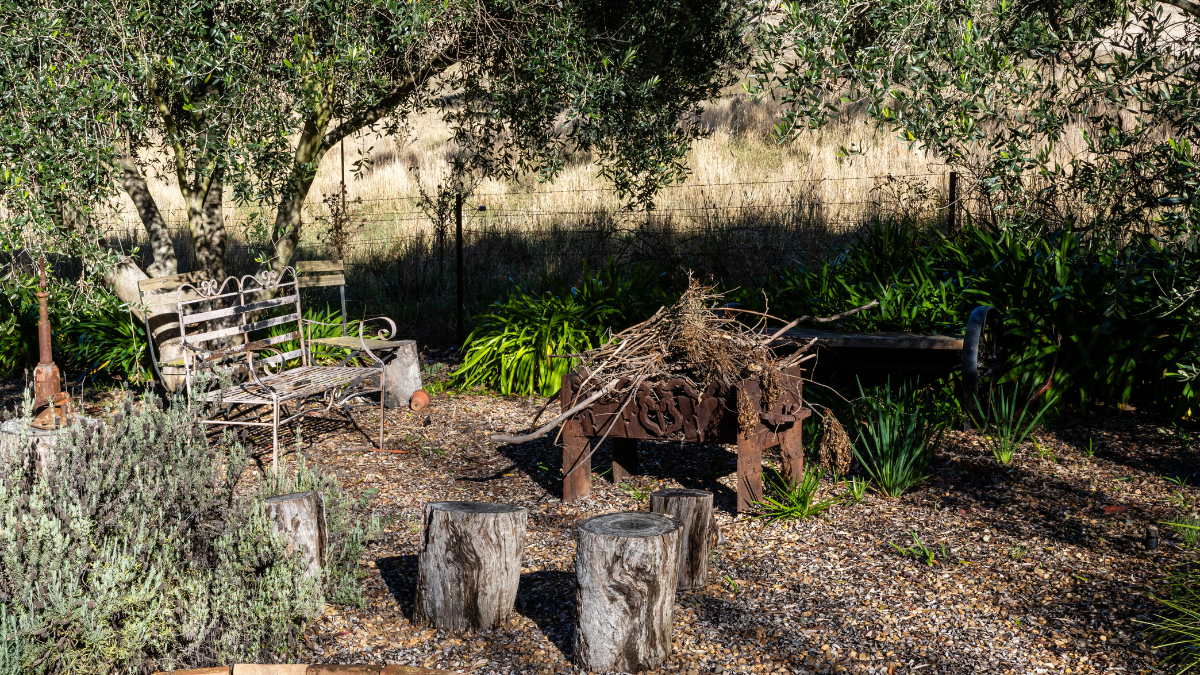
Former nurse turned nursery proprietor Jenny Hancock has spent the best part of five decades building a showpiece garden in the NSW Central West.
As someone who used to run a plant nursery, Jenny Hancock confesses that she’s probably given away as many plants, cuttings and seeds as she’s sold. “That’s how gardens grow,” she says. “People who are into plants love to share their knowledge and enthusiasm.”

Jenny and her husband Taff (Paul) live on a 300-acre (121-hectare) farm near Blayney in the NSW Central West. They’ve run poll Herefords and prime lambs since they moved to Taff ’s family property as newlyweds in 1976. Taff ’s grandfather was the manager of the nearby Last Chance gold mine and, when that closed, the shafts were flooded, creating a water supply for the farm, which they named Whim Park, after a mining implement similar to a windlass. “They call this area the cocktail belt for its beautiful soil,” Jenny explains. “When we started, we had water, but it was gravity fed down to the house. Now it’s pressure pumped, which makes gardening a lot easier.”
Having grown up in a family of gardeners, Jenny says the garden when she arrived at Whim Park was much smaller than it is today. Almost 50 years and four extensions down the track, it’s expanded into box gum-studded paddocks with birch groves and ornamental trees and covers almost 4.5 acres (1.8ha), including the poultry sheds. There are birds everywhere, from peacocks Percy and Priscilla and guinea fowl to Silkie hens Sophie and Sonia, a raft of call ducks and Sussex and Plymouth Rock hens that keep the family in eggs.
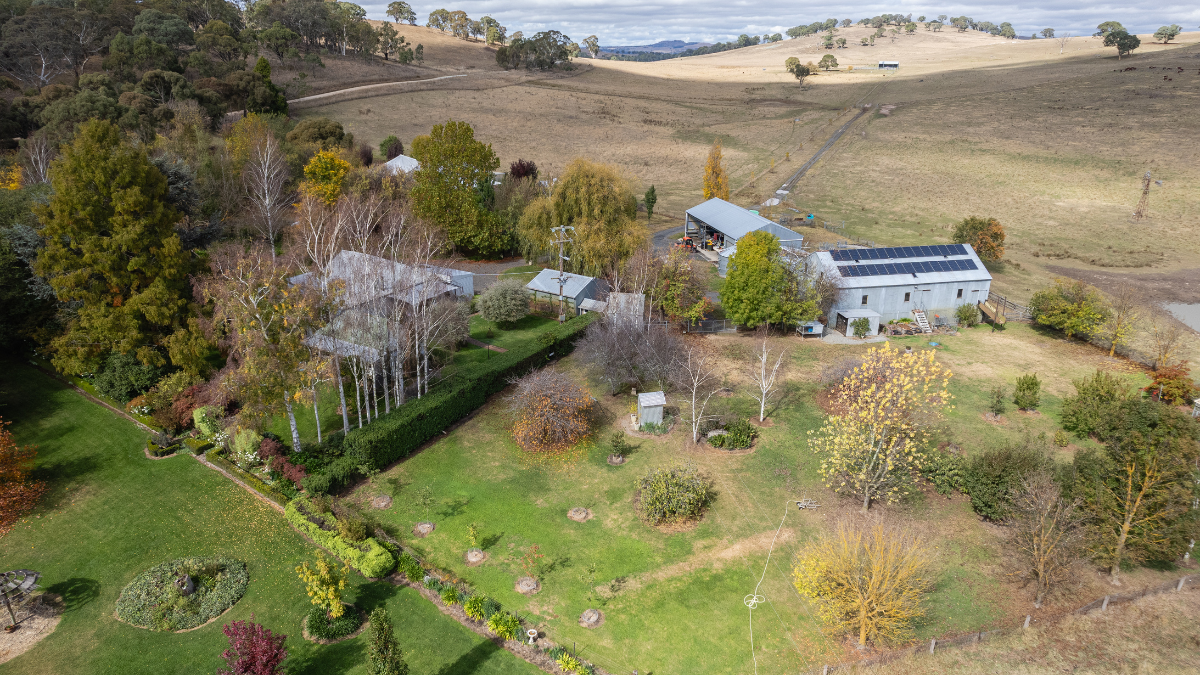
While there’s always something for the eye to feast on, the garden comes into its own in spring, when the crab apples lining the entry drive bloom pink and the forest pansy (Cercis canadensis) sprouts stunning magenta flowers along the bare stem. In autumn, its heart-shaped leaves turn burgundy and golden orange and carpet the lawn with colour, while the ashes, birches and weeping maples lend their russet tones to the landscape.
A nurse in her pervious life, Jenny says her many patients have provided inspiration, advice and plants.
She points to a Chinese lantern, which thrives near the garden and explains that it began back in the day when the wards had to be cleared of flowers at night, because it was thought that they depleted the oxygen in the room. “I pinched a seed from a flower,” she says. “For some reason, they do really well here. I must have given away thousands of cuttings through the years, but not many people have as much luck as I have growing them.”

Towards the end of her nursing career, Jenny was a community nurse and clocked up hundreds of kilometres every week visiting patients at home. “Wound care was my thing,” she says. “I was often rewarded with seeds and cuttings and they all found a place in the garden. It was a patient who taught me about the importance of spraying with sulphur lime after pruning the roses.
When the birds don’t get to them, the fruit trees deliver figs, quince, peaches, nectarines, apples, cherries and almonds. While in summer, the agapanthus provide a lilac blue salute along the driveway. “It takes 17 hours to deadhead them all,” Jenny says.
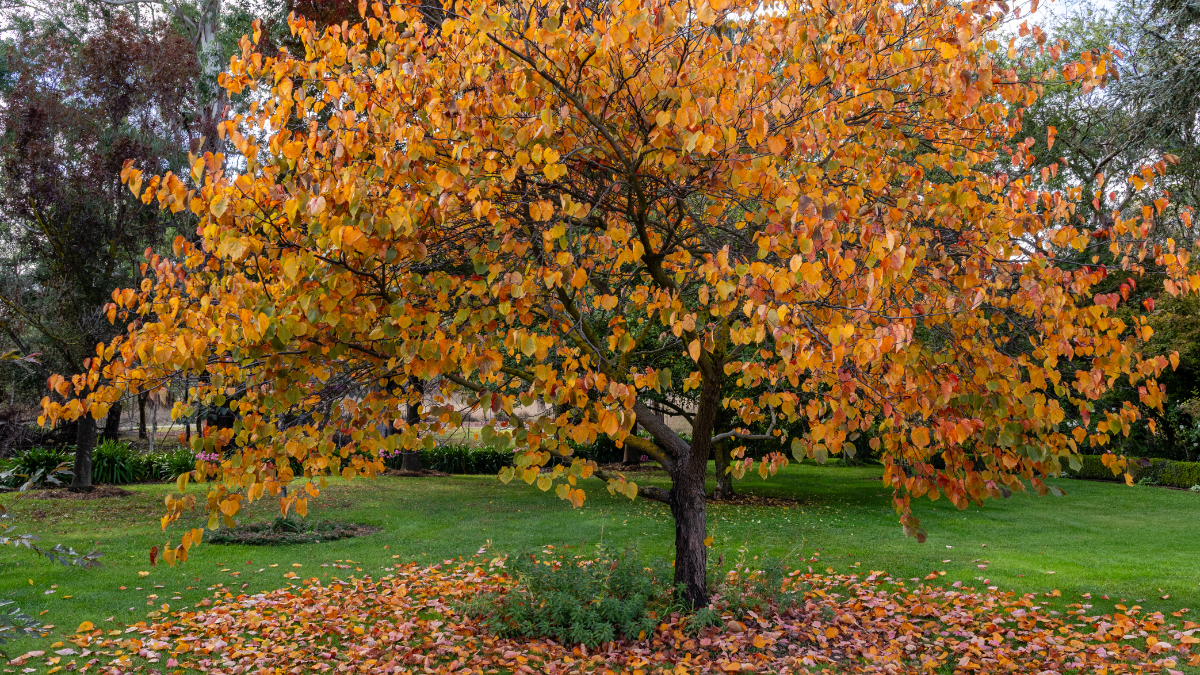
Winters are extreme, and the region usually experiences a couple of snowfalls. “The temperature often drops to minus four or five,” Jenny says. “Minus 10 has been recorded. I love it when there are icicles on the trees.” She adds that summers have been getting hotter with 35°C highs registered in recent years. “Because it’s also been so dry, mulch is really important,” Jenny says. “We spread up to 40 bales of lucerne at a time and that job takes me, my friend Nicole Fortuna and a couple of grandkids up to 30 hours to complete.” Applying slow release fertiliser is another important task each spring and autumn.
As Jenny scaled back her nursing career, it was an obvious choice to open a nursery. The main building was a reconstruction of the original dray shed that served the farm from 1920 to 2010, when it was damaged by a storm. “In 2010, I went to Bali and came back with a container load of pots and garden furniture,” Jenny recalls. “After that, I mainly sourced homewares, garden art and pots at gift fairs. I also visited plant trade days and wholesale nurseries delivered on a regular basis. In winter, I purchased hundreds of bare-root fruit trees, ornamentals and gorgeous hellebores from Victoria.”
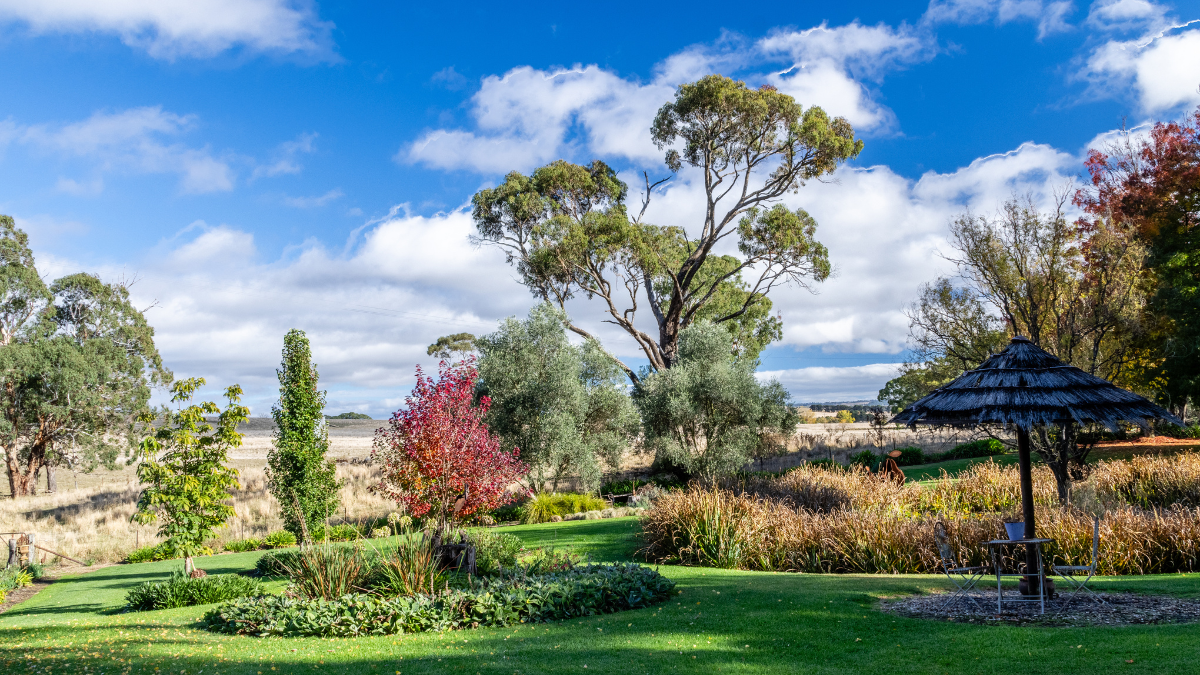
Although the Drayshed Nursery is now officially closed, Jenny admits she still sells the occasional plant and takes orders from long-term customers. These days, Jenny has converted the dray shed for guest accommodation and she also offers a one-bedroom cottage adjacent to the house on Airbnb.
“With paying guests and visiting family, there’s rarely a dull moment,” she says. “We also enjoy having friends and neighbours in for happy hour. It’s a great opportunity to share the pleasure of the garden, which, after all, is the main reason for creating it in the first place.

